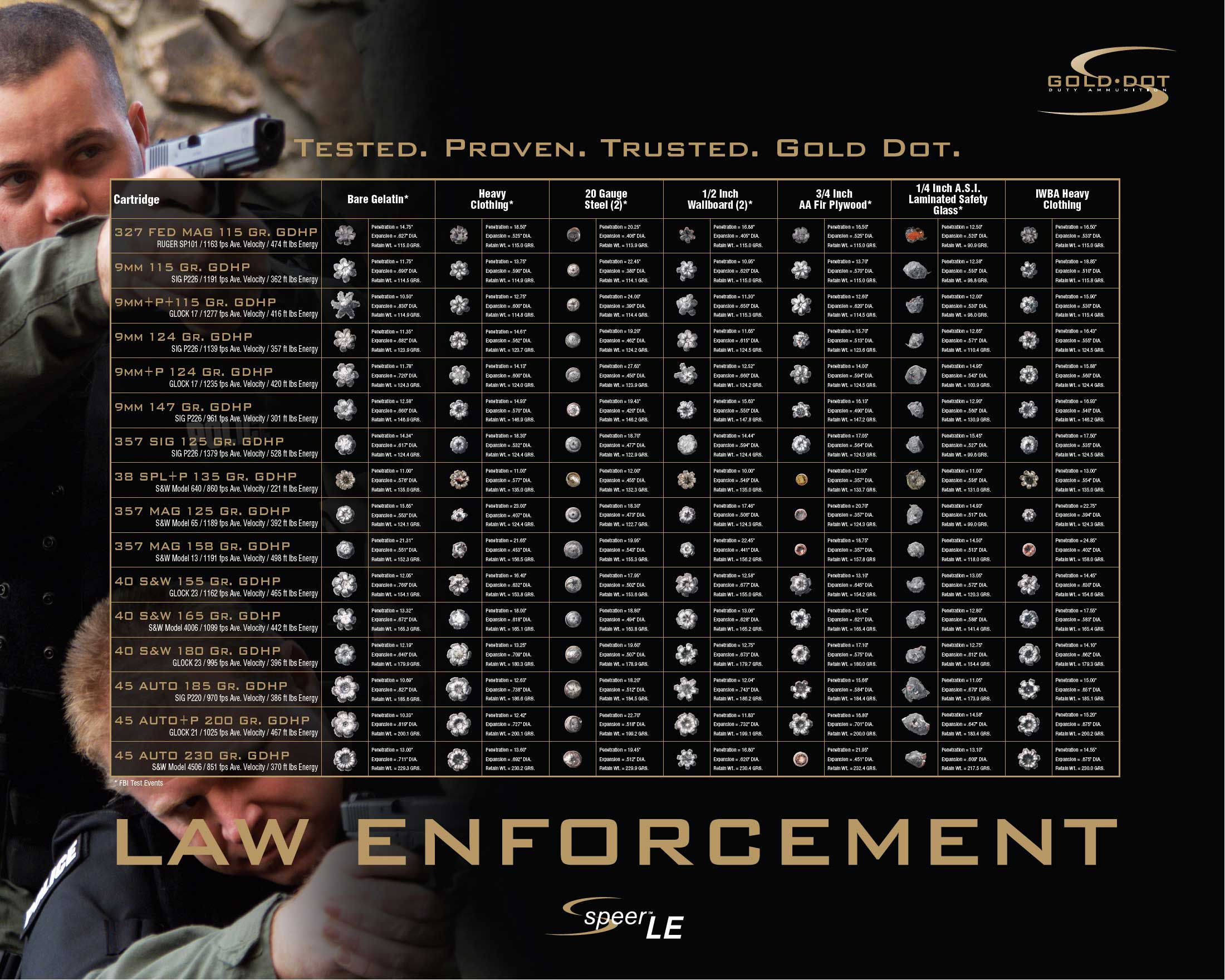For the longest time, most people recommended 9mm loadings in +P, yet rarely do I see mention of +P loadings in .45 ACP.
I believe 9mm+p came about as a result of the widely
perceived need for improvement in the performance of the 9mm Luger round. There was no such widely perceived need for that improvement in the .45ACP.
The pressure increase between +P and the standard loading in both calibers is roughly 9%.
This is the standard adopted by SAAMI (Sporting Arms & Ammunition Makers Institute)
What is the purpose of .45 ACP +P, or should I rephrase the question, does +P in 9mm matter?
The purpose of any +P load is to provide some kind of improvement in performance, using higher than standard pressure to give increased velocity, (hopefully) resulting in some significant degree of improvement.
Does it matter? A lot of people believe so.
Does this have to do with the inefficient 9mm JHP designs of the past?
They are part of the history, yes, absolutely.
To understand why we have what we have today, you need to look at the history, AND you need to understand that the history includes both physical reality, and people's perceptions of reality. It is the perceptions of reality that drive commercial markets more than anything else.
Perceptions and beliefs always have some physical reality as a base, but can, and often do grow to the point where their connection to physical reality is tenuous, or even non-existent.
The really astonishing thing is some people actually believe even the most amazing tales. "9mm won't stop nobody, no matter what", and "a .45 will knock a man down from a hit on the finger", are examples taken to foolish extremes.
Back in those "stone age" days, handgun ammo came in essentially two flavors from the factories. FMJ for semi auto calibers, and lead (generally lead round nose (RNL or LRN depending on who is writing

). If you wanted something else, you handloaded. Compared to those days, today, we are spoiled rotten.

A couple questions (lovely chart, btw),
Who is IWBA? And why does their standard matter?
Why buy more bang to get more recoil, worse accuracy, more wear and tear on your gun, and inadequate penetration?
Are you meaning to say this applies to all +P loads?? If so, I'd say there are too many variables at work to make that an accurate statement.
It is an interesting chart, and I'm sure it accurately shows the results obtained from the testing, but remember, it only accurately applies to the specific loads used in the testing.
I found it interesting that the 125gr .357 bullet out penetrated the same weight bullet, at higher speeds, from both the 9mm+P and the .357 Sig, in every category, except after going through 20 gauge steel and laminated safety glass.
Both the .357 loads shown are listed at just BELOW 1200fps, and yet they have the best penetration numbers other than the hard barrier penetration categories (steel, glass), and in those groups are only beaten by a couple of loads, in other calibers (which are moving ~100-200fps FASTER.
When a 125gr .357 at 1189fps penetrates significantly more than a 125gr .355" bullet at 1235fps (9mm+P) AND a 125gr .355 bullet at 1379fps (.357 Sig), there is more at work than just bullet velocity (pressure).
Bullet construction matters. More than just a little.

